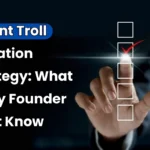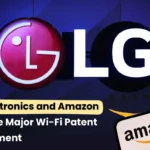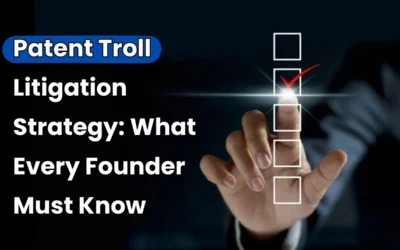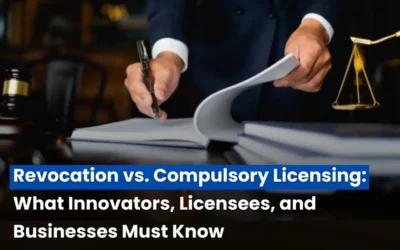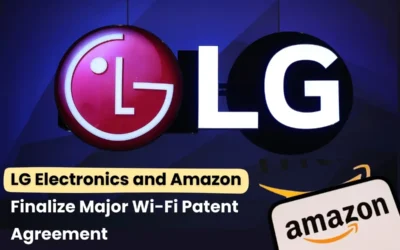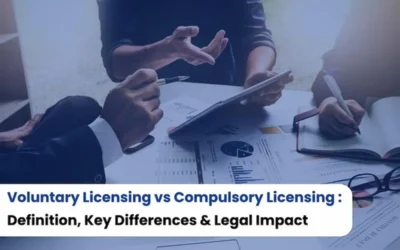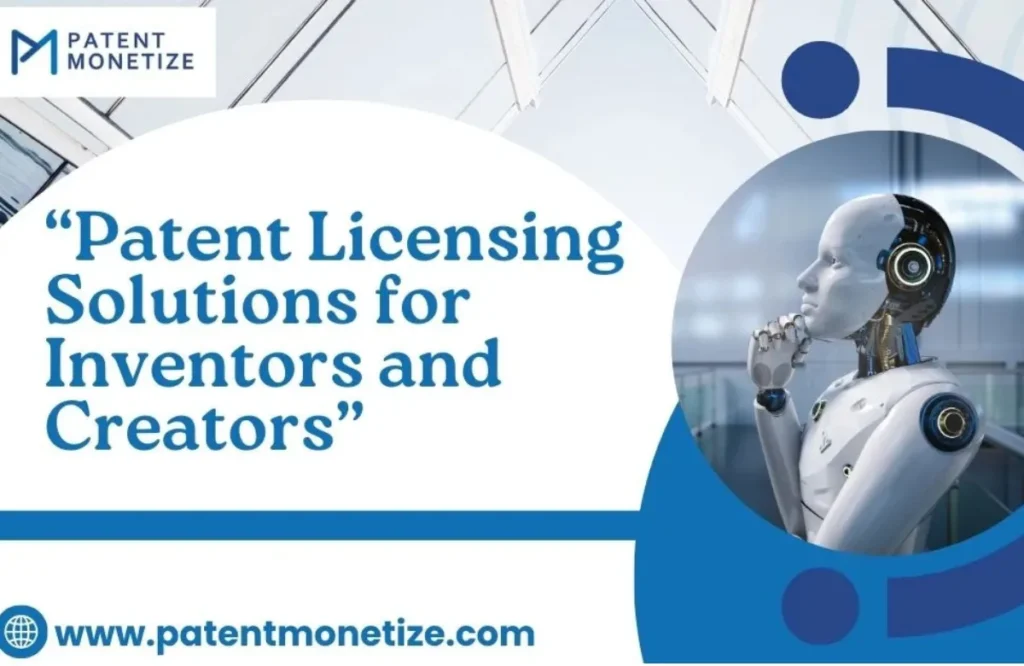
Patent is the most valued discovery tool for an inventor or a creator in today’s innovative world. Although registration of patent comes first, actually exploiting the same commercially poses as a big challenge. Once more, patent licensing solutions prove a solution to be a big bonanza for both inventors and creators. Patent licensing is yet another opportunity to generate revenue from your intellectual property without necessarily generating or selling the product yourself. It explains different types of patent licensing, how it works, and why it is advantageous to inventors and creators. All such questions responded by patent licensing elucidate how you can benefit most from your patent.
What is patent licensing?
Patent licensing is a process in which the patent holder gives another person or firm, called a licensee, a right to use, manufacture, or sell the patented invention or product he has made. For this, in such a process, royalties are paid for the same otherwise, lump sum amounts for a period, as agreed by both. The authors and authors have titled the patent licensing as a gold mine, which would enable them to collect cash from their inventions and creations without exposing themselves to the capital risk involved in the manufacturing and marketing process. Licensing means the permission granted to others to employ your patented invention, and they are dealt with as owners of patents themselves.
Patent Licensing Solutions for Inventors and Creators
This is quite worth knowing that some other types of licenses exist in the area of patent licensing options for the inventors and creators, which are:
- Exclusive Licence: It grants all exclusive rights on the patented invention to the licensee. In simple words, for the term of the license agreement, the inventor cannot license the patent to a third party. Normally, an exclusive license requires a relatively higher royalty rate because it places the licensee in an exclusive position.
- Non-exclusive license: A licence would be granted to the patent owner wherein he can license his invention to a number of parties whom he may like. He could sub-license his patent to other persons. And he would be collecting some steady flow of income through those various licensees.
- Sublicensing: One can sub-license the patent to third parties. That would make more use of the invention created. Some income earned also.
- Compulsory License: In this license, the legal agreement is said to coerce the patent owner into giving consent to allow people use them, which usually targets individuals whose utility of patents to public benefits may not be useful.
How Patent Licensing Works
In general, the solutions on patent licensing work for the creators and inventors in this sequence:
- Patent Review: Before engaging in any license, a patent owner should go through his patent. The owner of the patent will then get an idea about the market opportunity for the invented thing and can estimate its worth.
- Potential Licensee Search: Invention and Innovation: The authors and inventors must seek those people or organizations who may be interested in utilizing the patented technology. Those industries which are positively affected by inventions can be those potential licensees identified.
- With potential identified licensees: This would encompass the scope of the license, payment-royalties structure, the lump sum payment and even the term of the agreement.
- Execution: On the negotiations, the licensing agreement will be executed between the parties wherein, in law, they will be bound by the said terms and conditions. Then, a well-crafted contract would work to guarantee that the rights of the patent owner would be protected.
- Continuous Monitoring: Once the agreement is made, continuous monitoring is then asserted. It is merely an affirmation that the licensee complies with all the requirements that characterize an agreement, royalties, use of the patent and demands for taking action against the infringement for patent protection.
Advantages of Patent Licensing for Inventors and Artists
Patent licensing has benefits for inventors and artists such as:
- Revenue Generation: A basic advantage that patent licensing offers is revenue generation. One can generate revenue passively. Payments in the form of royalties or a lump sum might come in as periodic revenues without having to have the product manufactured or sold by you.
- Global Reach: Through licensing, the inventor is given an opportunity to enter global markets. Licensees in other countries or regions can help a patent owner gain new markets.
- Risk Mitigation: Licensing your patent would reduce the financial risks involved in developing your product. The developer may avoid manufacturing and distribution costs and risks by working with established firms.
- Focus on Innovation: Licensing offers the inventor or the creator the chance to concentrate on new inventions rather than worrying about its production and delivery. It saves time and resources for other inventions.
Disadvantages Faced by Patents Due to Patent Licensing
Patent licensing, although full of advantages, has disadvantages in this respect:
- Right Licensee: It is very difficult to explain the right licensee. The inventors must find a company or person who has enough capital to commercialize the patent and also with the capability to take the product to the market.
- Complex negotiations so as to receive a fair deal in licensing : Negotiating an appropriate contract for licensing agreements can be involved. This happens when the originators must confirm what is there in the contracts, like their royalty rate and territorial rights that will exist along with the agreement duration.
- Enforce: The patent owners should come to understand that the terms of agreement are being enforced by the licensing partners. In such cases if the license partner is not enforcing, then the patent owner will have to enforce the very same legally as an action against the license partner.
Conclusion
The fruits of inventing and creating arrives at a simple solution whereby the intellectual property is fruitfully used risk-free and at a low cost compared to full-scale production and marketing. Knowing the various types of licenses, the licensing process, and the benefits and challenges will help inventors make the best decisions regarding how to exploit their patents. Patent licensing through exclusive or non-exclusive licensing will help you generate revenue, increase your market penetration, and continue to innovate. Proper strategy and guidance will turn your ideas into profitable ventures with patent licensing.
